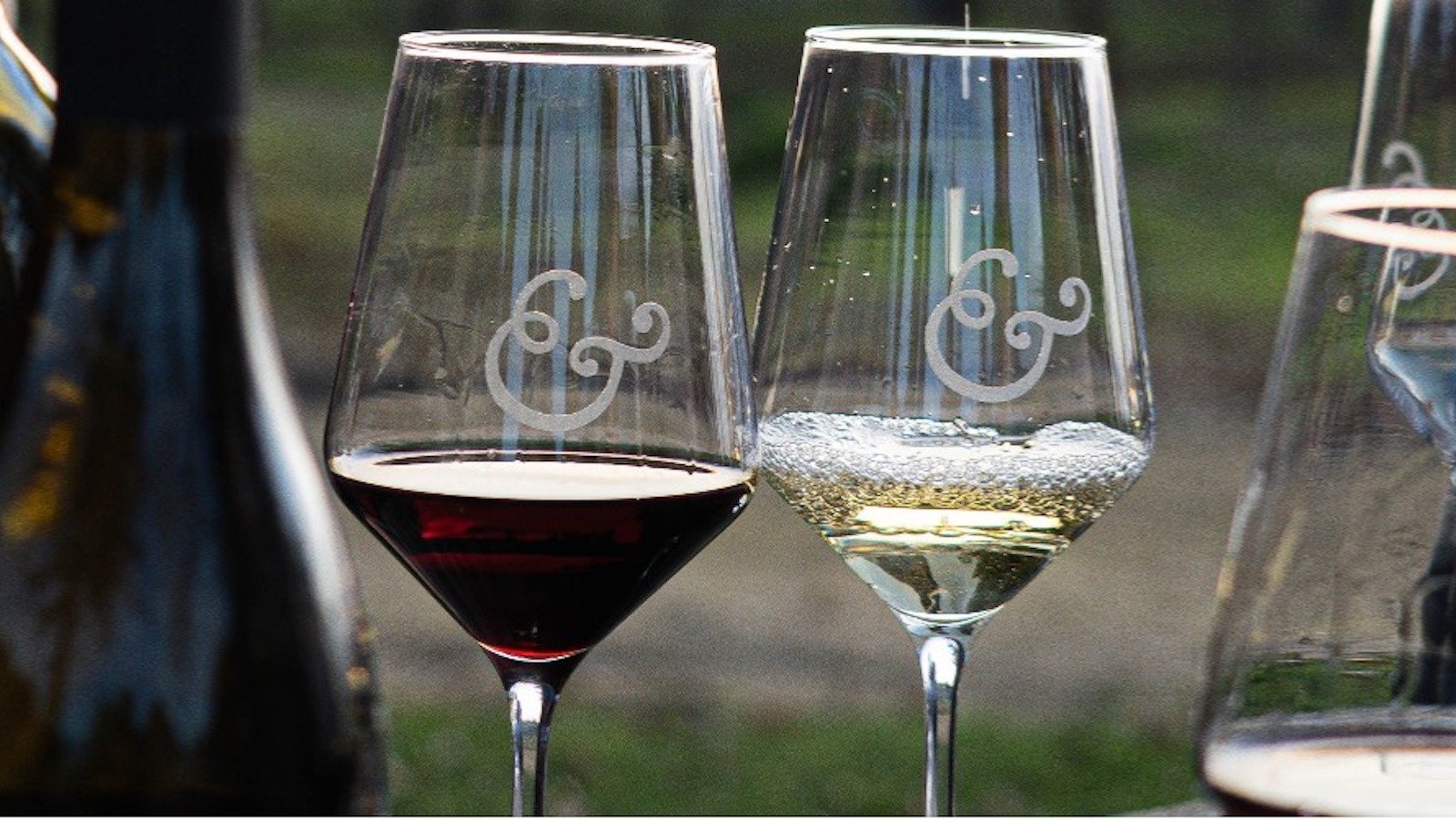Are you tired of feeling lost in the sea of red wine options at the store? Do you struggle to find the perfect bottle to pair with your meal? Look no further! In this beginner’s guide, we’ll cover everything you need to know to choose the right red wine for your next meal or social gathering.
Factors to Consider When Choosing Red Wine
The first step in selecting the right red wine is to consider the following factors:
Grape Variety
Red wines come in many different grape varieties, each with its own unique flavor profile. Some of the most popular grape varieties include:
- Cabernet Sauvignon: Full-bodied and bold, with flavors of blackcurrant, blackberry, and tobacco.
- Merlot: Medium-bodied and smooth, with flavors of plum, cherry, and chocolate.
- Pinot Noir: Light-bodied and delicate, with flavors of cherry, raspberry, and spice.
- Syrah (also known as Shiraz): Full-bodied and spicy, with flavors of blackberry, black pepper, and licorice.
Vintage
The vintage refers to the year that the grapes were harvested. In general, wines from warmer years will be riper and more fruit-forward, while wines from cooler years will be more acidic and structured.
Price Point
Red wines can vary in price from just a few dollars to hundreds of dollars per bottle. While price doesn’t always indicate quality, it’s important to consider your budget when selecting a bottle of wine.
Personal Taste Preferences
Ultimately, the most important factor in choosing a red wine is your own personal taste preferences. Do you prefer bold and full-bodied wines, or light and delicate ones? Do you like fruity or earthy flavors? Don’t be afraid to experiment with different grape varieties and regions to find the perfect bottle for your palate.
Reading Wine Labels and Understanding Wine Terminology
Reading a wine label can be intimidating, but it’s important to understand what you’re looking at. Here are some key terms to keep in mind:
- Tannins: Tannins are compounds found in grape skins and seeds that give red wine its characteristic bitterness and astringency. Wines with high tannin levels may need to be aged before they’re drinkable.
- Acidity: Acidity is what gives wine its crispness and freshness. Wines with high acidity levels pair well with acidic foods, such as tomato-based dishes.
- Body: Body refers to the weight and mouthfeel of the wine. Wines can be light-bodied, medium-bodied, or full-bodied.
- Alcohol content: The alcohol content of wine can range from 8% to 15% or higher. Wines with higher alcohol content will be fuller and richer.
Dispelling Myths and Misconceptions About Red Wine
There are several myths and misconceptions about red wine that can be confusing for beginners. Here are a few of the most common ones:
- All red wines need to be decanted: While some red wines can benefit from being decanted, it’s not necessary for every bottle. Generally, younger and less complex wines will benefit more from decanting, while older and more delicate wines should be handled more carefully.
- Expensive wines are always better: Price doesn’t always indicate quality when it comes to wine. Some of the best value wines can be found at lower price points, and you don’t need to break the bank to find a good bottle.
- Red wine should always be served at room temperature: While it’s true that red wine shouldn’t be served too cold, serving it at room temperature can sometimes be too warm. In general, red wines should be served between 60 and 68 degrees Fahrenheit, which is slightly cooler than room temperature.
Sampling and Comparing Red Wines
One of the best ways to learn about red wine is to sample and compare different bottles. Here are a few ways to do so:
Attend wine tastings: Many wine shops and vineyards offer wine tastings, which are a great way to try different wines and learn about their flavor profiles.
Visit wineries: If you have the opportunity to visit a winery, take advantage of it! Not only will you be able to taste wines, but you’ll also be able to see where they’re made and learn about the winemaking process.
Consult with knowledgeable staff: If you’re unsure about which red wine to choose, don’t be afraid to ask for help. Many wine shops have staff members who are knowledgeable about wine and can offer recommendations based on your taste preferences and budget.
Conclusion
Choosing the right red wine for your meal doesn’t have to be intimidating. By considering factors such as grape variety, region, vintage, price point, and personal taste preferences, you can find the perfect bottle to pair with your food. Don’t be afraid to experiment with different wines and learn as much as you can about this complex and fascinating beverage. Cheers!

